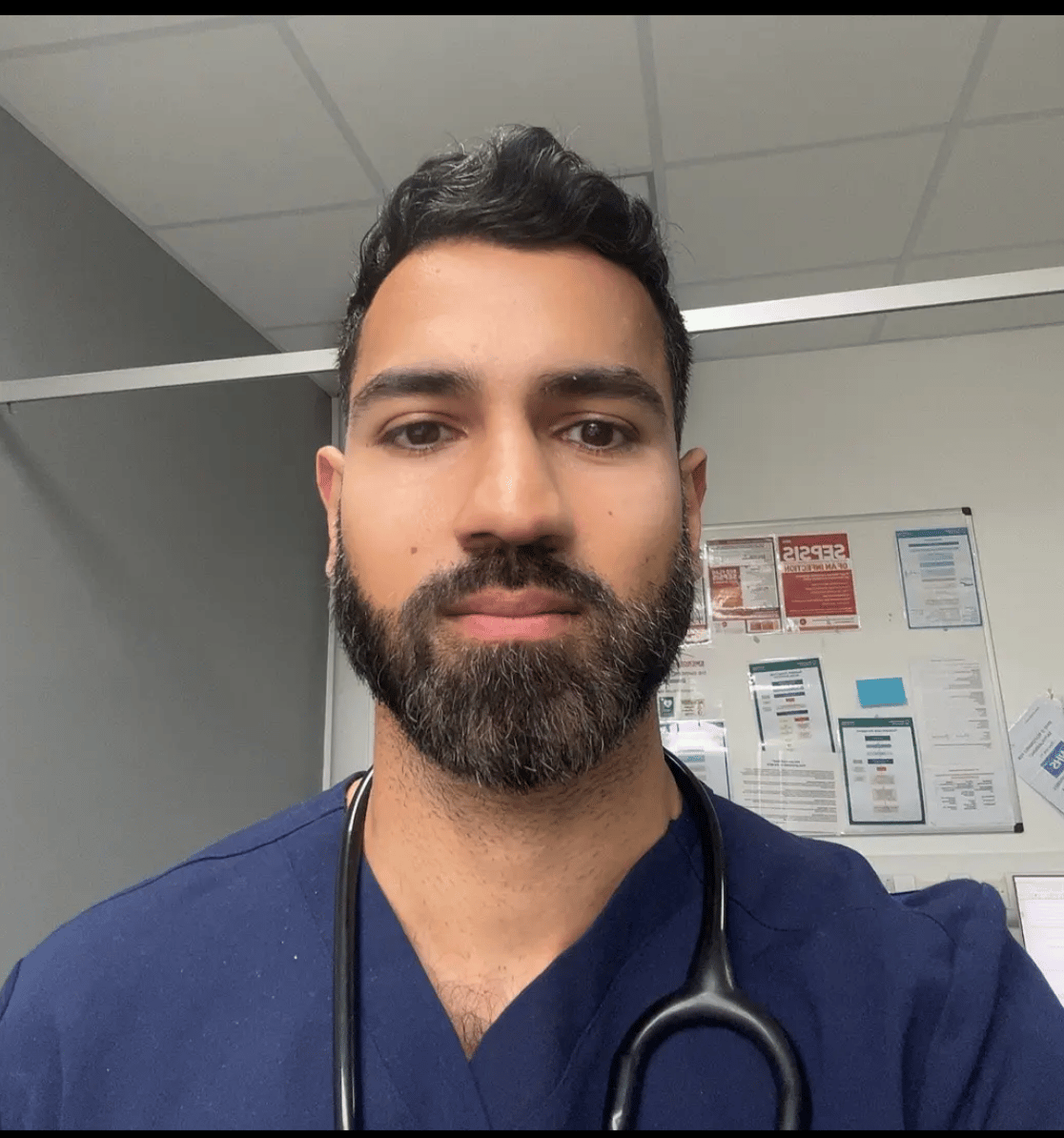- Dr Ahmed
- Posts
- The Biomarker That Explains Why You Never Recovered After That Virus
The Biomarker That Explains Why You Never Recovered After That Virus
“Post-viral fatigue isn’t weakness; it’s protection. Here’s how to teach your body safety again.”
Hi Friend
If you’ve ever said “I’ve never been the same since that virus,” you’re far from alone.
Many people with fibromyalgia, ME/CFS, and long COVID describe a similar turning point — an infection, often mild, after which energy, sleep, and recovery never fully returned.
The latest research is painting a clearer picture of what’s happening inside the body — and it’s not weakness or deconditioning.
It’s immune and nervous system dysregulation. Also see poll at the end of the email to vote on next weeks topic.
🦠 The immune system that won’t switch off
After most viral infections, your immune system activates, fights, then calms down — like an alarm that resets after danger passes.
But in some people, that reset fails.
Immune cells — particularly microglia in the brain and T-cells in the body — stay partially switched on.
This creates a subtle, chronic state of inflammation and hypervigilance.
Your body is still acting as if a virus is hiding somewhere, even when the infection is long gone.
That “always-on” signal doesn’t just cause fatigue — it changes how your brain and autonomic nervous system function.
And that’s where HRV comes in.
💓 What HRV tells us about recovery
Heart Rate Variability (HRV) is the variation in time between each heartbeat.
A healthy, regulated system has high variability — meaning your heart rhythm constantly adapts to internal and external changes.
When HRV drops, it’s a clue your body is stuck in fight-or-flight, trying to protect you.
Research in post-viral fatigue shows that:
HRV often remains low for months or years after infection.
Low HRV correlates with higher inflammation, poorer sleep, and reduced energy availability.
People who recover tend to show gradual HRV improvement before symptoms ease — it’s one of the first objective signs the body is calming.
So if your HRV is consistently low, it doesn’t mean you’re failing — it means your system is still guarding you.
⚖️ What keeps HRV low
Inflammation from lingering immune activity
Sleep disruption (especially early-morning adrenaline surges)
Cognitive overexertion or emotional stress
Nutrient deficits (magnesium, omega-3s, vitamin D) that reduce vagal tone
Deconditioning — not from lack of exercise, but from a system that’s too guarded to tolerate exertion
🌿 Rebuilding your system’s adaptability
Improving HRV isn’t about “training harder” — it’s about signalling safety to your body again.
In The Mend Collective, we teach members how to:
Use gentle movement and pacing to rebuild load tolerance without flares
Practise vagal toning and breath-based resets that increase HRV naturally
Track HRV, pain, fatigue, and sleep to personalise each week’s plan
Combine nutrition, therapy, and nervous-system work to quiet inflammation at its root
Over time, the data starts to tell a story — spikes, dips, and gradual stability.
Members often see their HRV rise weeks before they feel better — a measurable sign that recovery is underway.
🧭 A takeaway for you
If you’re tracking HRV (via Oura, Fitbit, Whoop, or Garmin), notice this:
A single low score isn’t failure — look at trends over 7–14 days.
HRV will dip before or during a flare — that’s your early warning.
When HRV stabilises and starts to climb, your nervous system is regaining flexibility.
In other words: your numbers are showing that your body can learn safety again.
💫 Inside The Mend Collective
We use this exact data — HRV, fatigue, and pain patterns — to give members daily guidance from our Mend Dashboard (coming soon), alongside therapy, movement, and nutrition tracks created by our specialist team.
It’s not about “pushing through.”
It’s about helping your body unlearn danger and rebuild stability, one signal at a time.
What Would You Like Next Weeks Newsletter to be on, delivered every Sunday at 830am uk time. |
Dr Ahmed
The Mend Collective
https://join.mendcollective.health/

Reply